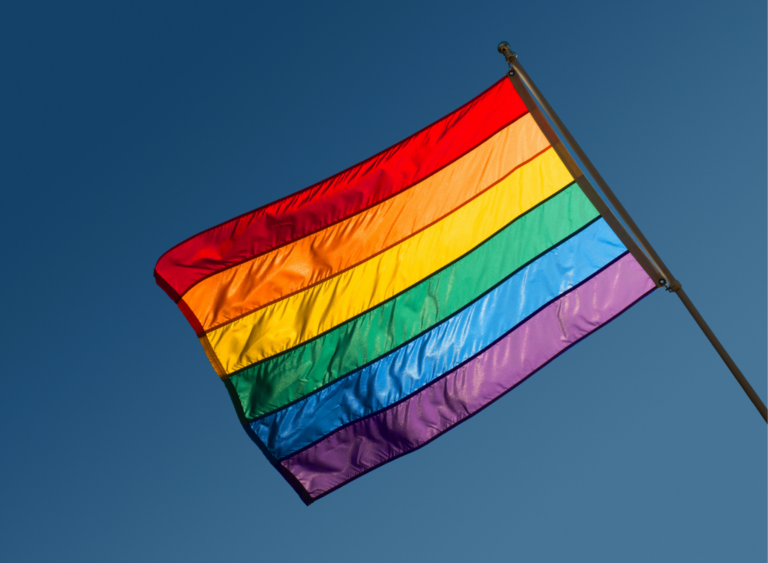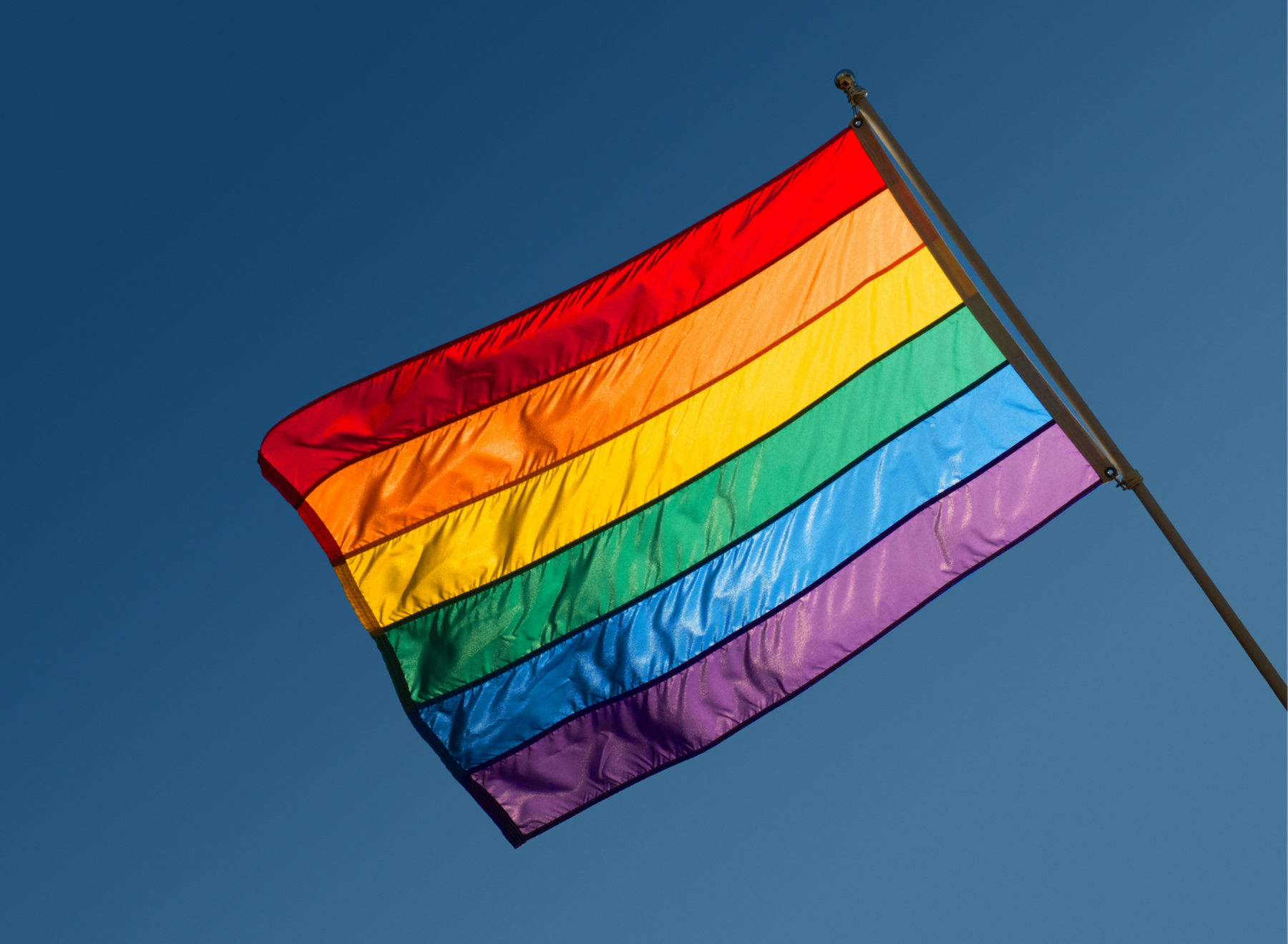

“Historically, the barriers to care for LGBTQ+ individuals are complex and encompass many determinants,” said Tam Phan, PharmD, AAHIVP, assistant professor of clinical pharmacy and clinical pharmacist at the Jeffrey Goodman Special Care Clinic at the USC School of Pharmacy in Los Angeles, California.
The underlying barriers hindering access to health care in the LGBTQ+ community are numerous. Discriminatory practices such as patients having been refused care simply because they are LGBTQ+ and individuals lacking access to affordable health care due to uninsured status (as a result of family rejection, unemployment, and requiring services not covered by insurance) are a few examples.
The number of individuals identifying as LGBTQ+ is on the rise, having increased from 3.5% in 2012 to an estimated 4.5% in 2017 in the United States, with millennials (defined here as individuals born between 1980 and 1999) as contributing to the majority of the uptick, according to Gallup.1
Not only do these statistics indicate a growing number of those who identify as LGBTQ+, but they also highlight an opportunity for health care professionals to ensure the provision of inclusive services for this patient population. Pharmacists play an important role in the health care system and can work to address the health disparities that exist for their LGBTQ+ patients.
Limitations to LGBTQ+ Health Equity
The factors that compromise health outcomes in the LGBTQ+ community mirror those famously noted in communities of color and exacerbate health disparities by amplifying medical mistrust within the community. Examples include societal stigmas and discrimination.
The sources interviewed for this article did not reach a consensus regarding pinpointing the most significant barrier to creating a quality health care experience in the LGBTQ+ community. However, all cited the lack of awareness regarding population-specific health challenges and negative health care provider interactions as underlying contributors in preventing the LGBTQ+ patient from experiencing an equitable and quality health care experience.
“In a busy clinic or health setting, there will be many staff members who can interact with the patient—all of [whom] can either affirm or hinder the patient’s experience,” Phan said. “In many cases, problems can come from simple oversights or mistakes [from health care staff] who lack understanding—patients having reported hearing jokes or slurs and/or having received insensitive criticism about their appearance or behavior.”
Scott Nass, MD, MPA, a family physician based in Santa Rosa, California, noted that only in recent years has this started to change.
“In this context, we can’t ignore the fact that homosexuality and gender dysphoria were, for so many years, pathologized by organized health care,” he said. Only recently has so-called conversion therapy been widely condemned.”
Nass also serves as the president of Health Professionals Advancing LGBTQ Equality (GLMA) and noted that survey data indicate that more than half of lesbian, gay, and bisexual respondents and nearly 3 out of 4 (70%) of all transgender and gender-nonconforming individuals reported having experienced some degree of discrimination when using the health care system.
Another element amplifying the complexities of serving the LGBTQ+ lies in the community’s diversity, as it transcends many other cultural identifiers such as race, ethnicities, religious affiliation, and socioeconomic class.
These complexities include lack of access to quality health care, lower rates of health insurance coverage, failure to routinely and comprehensively include questions about sexual orientation and gender identity in health surveys and other data collection, and lack of consistent nondiscrimination protections for LGBTQ+ individuals in health care, workplace, housing, and other areas of everyday life.
Health Risks in the LGBTQ+ Community
Although HIV/AIDs is often associated with LGBTQ+ health, the community faces increased risks for many other conditions beyond this infectious disease. LGBTQ+ face greater risks for substance use, obesity, cancers, sexually transmitted diseases, and cardiovascular diseases than the general population.2
In particular, those who are gender transitioning encounter compounded complexities and often find themselves at increased risks for some of these health challenges.
“This process often involves hormone replacement therapy that helps in physical transformations, such as the development of breasts, widening of hips, and growth of facial hair, etc,” explained Maria Perez, PharmD, AAHIVP, a clinical pharmacist at Gateway Apothecary in St. Louis, Missouri. “Although these are desirable developments, some patients may develop [adverse] effects such as obesity and cancers or overdose by adjusting their medications.”
Mental health conditions affecting the community deserve special attention, as the circumstances under which the LGBTQ+ population grows up often weigh on their mental, emotional, and psychological health throughout their lives. Children are more prone to bullying, isolation, rejection, depression, and suicide than the general population and are more likely to report suicidal ideations (30% vs 6%; P < .0001) and engage in self-harm (21% vs 6%; P < .0001) than their heterosexual and non-transgendered counterparts. In addition, LGBTQ+ patients may face societal ostracism, which also predisposes them to circumstances that threaten their health and livelihood early in life. For example, LGBTQ+ youth comprise 40% of all young individuals who experience homelessness.2
Unfortunately, inadequate data collection contributes to the inequities affecting the medical treatment for those who identify as LGBTQ+. Many state and national surveys fail to include questions regarding sexual orientation and gender identity.3
The health issues impacting the community affect all members—regardless of age. However, LGBTQ+ youth wrestle with their own set of challenges, including increased susceptibility to substance abuse, sexually transmitted diseases, cardiovascular disease, obesity, cancers, isolation, bullying, rejection, depression, anxiety, and suicide.2
Establishing Best Practices for Inclusive Care
Despite the barriers hindering the provision of LGBTQ+-inclusive care, sources say there are several steps clinicians and their organizations can take to better serve the community.
For example, Perez’s institution encourages patients to self-identify. The practice allows patients to express how they want to be addressed by elucidating the pronouns they prefer.
Phan also recommends incorporating certain elements into the practice setting that members of the LGBTQ+ community often seek out as indicators that the care they receive will meet their needs. Pharmacists can assess their practice site for nondiscrimination policies.
Assessment may include examining whether specific needs are met in the daily course of practice, including the following:
- Does the practice site include gender-neutral bathrooms?
- Are questions on the registration forms and electronic health records tailored to collect information for this demographic?
To help address mental health concerns, Perez encourages her pharmacist colleagues to establish a rapport with patients by engaging them in conversation. The discussions might reveal mental or psychological challenges.
“The feelings of rejection, unacceptance, confusion, and loneliness are common in this patient population,” she said. And such feelings can lead to psychiatric illnesses such as depression and anxiety, among many others. “A simple conversation can open up a [larger] conversation,” she added.
Perez recommends pharmacists ask their patients the following questions:
- To promote conversation: “How are you today?”
- To determine whether patients warrant referral:
- “Do you feel little interest in doing things?”
- “Are you feeling down and hopeless?” (a component of Patient Health Questionnaire-2, a screening tool for depression)
Nass and Phan agree that continuing education ranks among some of the most critical strategies organizations can implement to help ease clinician bias and improve patient trust by building a better rapport. For nearly 40 years, the GLMA has offered its GLMA Annual Conference on LGBTQ Health. The conference is just one of the organization’s initiatives aimed at improving LGBTQ+ health, and its programming includes workshops and research presentations for pharmacists. Phan emphasizes that all health care professionals must take steps to improve their ability to serve the LGTBQ and that these efforts begin with introspection.
“I think it starts with a reflection and reassessment of individual practice and conduct and then [transitions] to reflect on practice policies applied to all workers,” he said.
He encourages pharmacists to educate themselves and their colleagues about LGBTQ+-inclusive care, such as terminology and various social and health disparities. Once this has been accomplished, clinicians can then devise a plan to address these topics in their practice settings. Phan also noted that customizing care for this patient population often requires interdisciplinary and external collaboration, engaging the LGBTQ community itself to learn about patients’ individual experiences and needs.
However, education, training, assessment, and exploration are only part of the work. Successful implementation and practice of such LGBTQ+-inclusive policies require cadence and an ongoing commitment. Institutions must periodically reevaluate their new politics to determine how the practice has changed and the degree of effectiveness.
References
- Newport F. In US, estimate of LGBT population rises to 4.5%. Gallup. May 22, 2018. Accessed May 1, 2021. https://news.gallup.com/poll/234863/estimate-lgbt-population-rises.aspx
- Hafeez H, Zeshan M, Tahir MA, Jahan N, Naveed S. Health care disparities among lesbian, gay, bisexual, and transgender youth: a literature review. Cureus. 2017;9(4):e1184. doi:10.7759/cureus.1184
- Lesbian, gay, bisexual, and transgender health. HealthyPeople.gov. Updated October 8, 2020. Accessed April 30, 2021. https://www.healthypeople.gov/2020/topics-objectives/topic/lesbian-gay-bisexual-and-transgender-health
- Human Rights Campaign Foundation, American Pharmacists Association. Providing Inclusive Care and Services for the Transgender and Gender Diverse Community: A Pharmacy Resource Guide. March 2021. Accessed May 4, 2021. https://hrc-prod-requests.s3-us-west-2.amazonaws.com/Transgender-Pharmacy-Resource-Guide.pdf?mtime=20210331072012&focal=none